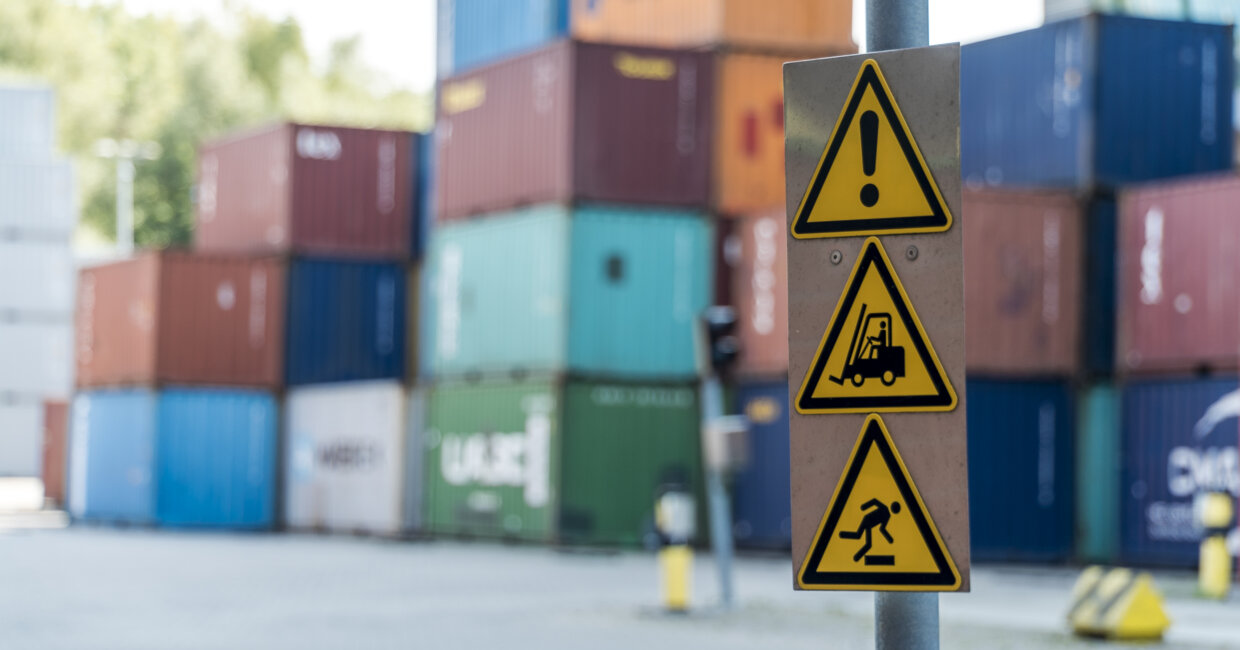
Safety efficiency is a key to competitive long-term logistics excellence
Safety is very much a strategic issue in logistics. This fast paced, high productivity industry depends on delivering on time, every time, and safety is an important aspect to achieving success in this business.
It can never be repeated often enough just what the consequences of potential accidents are. If there is damage or injury, it often results in sick leave, and damaged equipment and goods. The worst case scenario is the immeasurable loss of human life.
Then there are indirect costs, such as production losses due to damaged equipment and consequential downtime, along with insurance liability costs higher premiums). Furthermore, accidents erode shareholder confidence and hurt the company’s image.
Eye on incidents
In 2015, the insurance company TT Club performed an analysis of 7,000 claims it had received over the previous five years. TT Club concluded that the TOP5 costliest insurance claims submitted by freight forwarders, logistics operators, container shipping lines and ports and terminals involved traffic accidents, handling equipment collisions, theft, fire and cargo packing.
It is noteworthy here that, apart from theft, all these incident categories are safety related. All and all, the claims for these four incident groups totaled 371 million dollars over the five-year period examined. And keep in mind, this is data from just one insurance company.
Productivity demands safety
Safety efficiency is a key to turning the tide. Today’s forward thinking logistical players are becoming more productive while adhering to the highest safety standards. However, past performance is not an indicator of future success because safety is a moving target: constant monitoring, evaluation and upgrading is required just to stay current with industry developments.
Looking at a typical logistics yard, for example, there are numerous safety concerns that range from collisions and fire to poor cargo handling. If the safety risks are realized, the outcomes vary as well. Sometimes there is a delay of one or two minutes -- missing driving instructions – but, sometimes the yard operations are shut down for a month when a large-scale industrial accident occurs.
What matters is recognizing the challenges and working actively to solve them. Safety first, safety last!
What happens, when an accident occurs?
- Human injuries, or, in the worst case, death
- Production losses
- Loss of or damage to capital items on site
- Loss of or damage to property belonging to a third party
- Equipment downtime
- Loss of shareholder confidence and a drop in share value
- Prosecution by regulatory authorities
- Insurance premium increases and deductibles
Do you want to know more? A recording of the webinar is available at https://www.kalmarglobal.com/news--insights/webinars/safety-does-not-compromise-productivity/
Related articles
Subscribe and receive updates in your email
Subscribe










